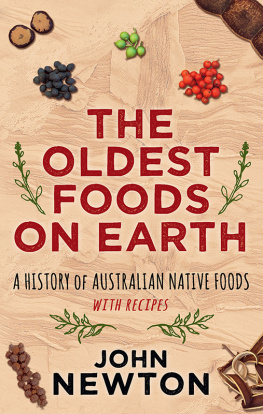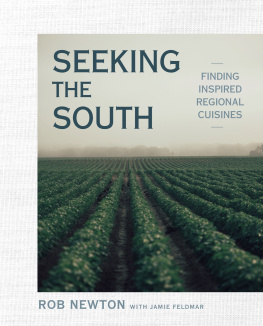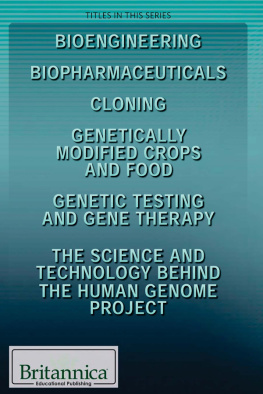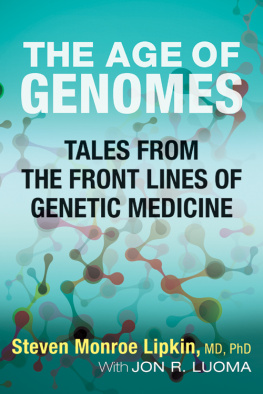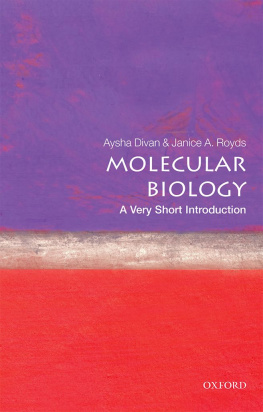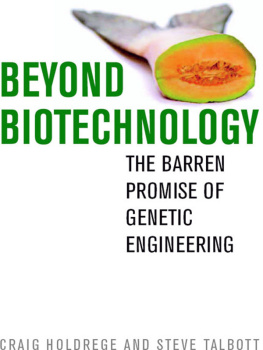GMO Food
Recent Titles in the
CONTEMPORARY WORLD ISSUES
Series
World Sports: A Reference Handbook
Maylon Hanold
Entertainment Industry: A Reference Handbook
Michael J. Haupert
World Energy Crisis: A Reference Handbook
David E. Newton
Military Robots and Drones: A Reference Handbook
Paul J. Springer
Marijuana: A Reference Handbook
David E. Newton
Religious Nationalism: A Reference Handbook
Atalia Omer and Jason A. Springs
The Rising Costs of Higher Education: A Reference Handbook
John R. Thelin
Vaccination Controversies: A Reference Handbook
David E. Newton
The Animal Experimentation Debate: A Reference Handbook
David E. Newton
Steroids and Doping in Sports: A Reference Handbook
David E. Newton
Internet Censorship: A Reference Handbook
Bernadette H. Schell
School Violence: A Reference Handbook, second edition
Laura L. Finley
Books in the Contemporary World Issues series address vital issues in todays society such as genetic engineering, pollution, and biodiversity. Written by professional writers, scholars, and nonacademic experts, these books are authoritative, clearly written, up-to-date, and objective. They provide a good starting point for research by high school and college students, scholars, and general readers as well as by legislators, businesspeople, activists, and others.
Each book, carefully organized and easy to use, contains an overview of the subject, a detailed chronology, biographical sketches, facts and data and/or documents and other primary source material, a forum of authoritative perspective essays, annotated lists of print and nonprint resources, and an index.
Readers of books in the Contemporary World Issues series will find the information they need to have a better understanding of the social, political, environmental, and economic issues facing the world today.
CONTEMPORARY WORLD ISSUES
GMO Food
A REFERENCE HANDBOOK
David E. Newton

Copyright 2014 by ABC-CLIO, LLC
All rights reserved. No part of this publication may be reproduced, stored in a retrieval system, or transmitted, in any form or by any means, electronic, mechanical, photocopying, recording, or otherwise, except for the inclusion of brief quotations in a review, without prior permission in writing from the publisher.
Library of Congress Cataloging-in-Publication Data
Newton, David E.
GMO food : a reference handbook / David E. Newton.
pages cm. (Contemporary world issues)
Includes bibliographical references and index.
ISBN 9781610696852 (hard copy : alk. paper) ISBN 9781610696869 (ebook) 1. Genetically modified foods. 2. Genetically modified foodsSocial aspects. 3. Genetically modified foodsRisk assessment. 4. Transgenic plants. I. Title. II. Title: Genetically modified organisms food. III. Title: Genetically modified food.
TP248.65.F66N49 2014
664dc23 2014021910
ISBN: 9781610696852
EISBN: 9781610696869
18 17 16 15 14 1 2 3 4 5
This book is also available on the World Wide Web as an eBook.
Visit www.abc-clio.com for details.
ABC-CLIO, LLC
130 Cremona Drive, P.O. Box 1911
Santa Barbara, California 93116-1911
This book is printed on acid-free paper 
Manufactured in the United States of America
Contents
Preface
Humans have been altering the genomes (genetic composition) of plants and animals for millennia. At first, these modifications were largely trial-and-error events in which organisms with desirable traits were crossbred with each other to produce new plants or animals better suited for food, for transportation, for working in the field, to be resistant to pests, or for other purposes. The first major breakthrough in the process of genetic modification occurred in the late nineteenth century with the discovery of the genetic units (genes) through which characteristics are transmitted from generation to generation. Breeders and biological researchers had no way of using this new knowledge, however, to improve the traditional methods of producing new organisms by crossbreeding.
The next major breakthrough, however, did cross that hurdle. In 1953, American biologist James Watson and English chemist Francis Crick showed that genes were not more nor less than chemical molecules of a substance called deoxyribonucleic acid (DNA). That discovery opened new vistas for the modification of plants and animals because DNA, like any other chemical, can be modified, at least in principle, in the same way any other chemical can be modified. For the first time in history, researchers were able to change the chemical structure of DNA from a cat, alligator, or tobacco plant, thereby producing a new type of cat, alligator, or tobacco plant. And thus was born the science of genetically modified organisms (GMOs).
Among the most obvious targets of the new technology were food organisms, plants and animals that are bred primarily as foodstuffs for humans, domestic animals, and other organisms. The technology made it possible, for example, to create new types of plants that are resistant to pesticides, making it possible to use those pesticides on crops without affecting the crops themselves. It also made possible to development of animals used for meat that are fatter or leaner, that mature more quickly, that are less susceptible to disease, or that have any one of a number of other desirable traits.
The success of this new technology is reflected in the fact that, as of 2013, 90 percent of all the cotton and corn and 93 percent of all the soybeans grown in the United States is genetically modified. Worldwide, the amount of land under cultivation for genetically modified (GM) crops has risen from essentially zero in 1996 to more than 70 million hectares (170 million acres) in developed nations and just slightly less than that amount in developing nations. Today, crops are modified for a host of purposes, including pest resistance, disease resistance, cold tolerance, drought tolerance, resistance to salinity, improved nutritional value, and the synthetic production of drugs and other useful chemical products.
Despite the undeniable success of GM crops at this point in history, critics have raised a number of concerns about the development, production, and use of such foods. Those critics often argue that, even after years of research, scientists and the general public simply do not know enough about potential health risks of GM foods. They are concerned that such foods may cause cancer in humans and other animals to whom they are fed or that they may produce allergic reactions in people who have a predisposition to such conditions. Critics also worry about the potential harm that GM foods could cause to the natural environment. They suggest that genetically engineered traits might be transferred in nature to unintended target organisms, producing frightening super-organisms, which might be resistant to human control because of their modified genomes. Critics also point out that once GM plants and animals are released to the natural environment, there may be no way to control or recover those organisms, should they turn out to be more dangerous than first thought. Finally, individuals and organizations who object to the use of GM technology fear that this technology will only make developing nations even more dependent on developed nations and multinational corporations than they already are.
This book is designed to provide young adults with the factual background they need to better understand the controversy over GM foods and with the tools to continue their own research on the topic. is a chronology of important events from prehistory to the modern day on the topic of GM food. Glossary lists important terms used in the discussion of the topic.
Next page


